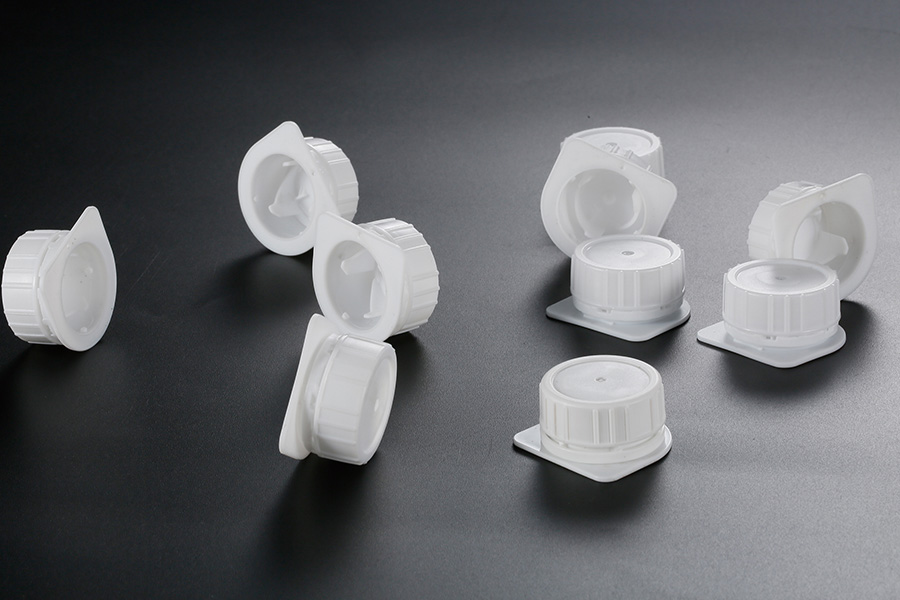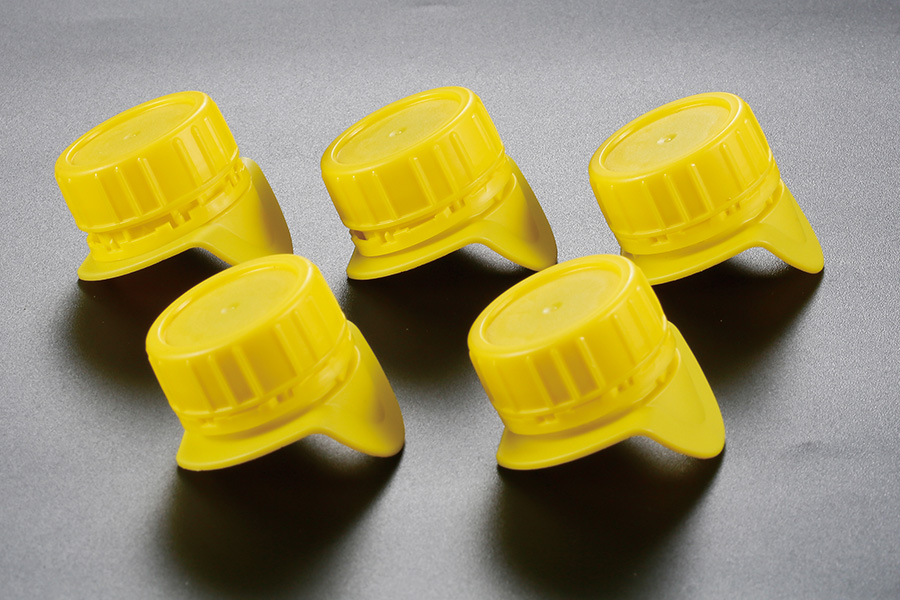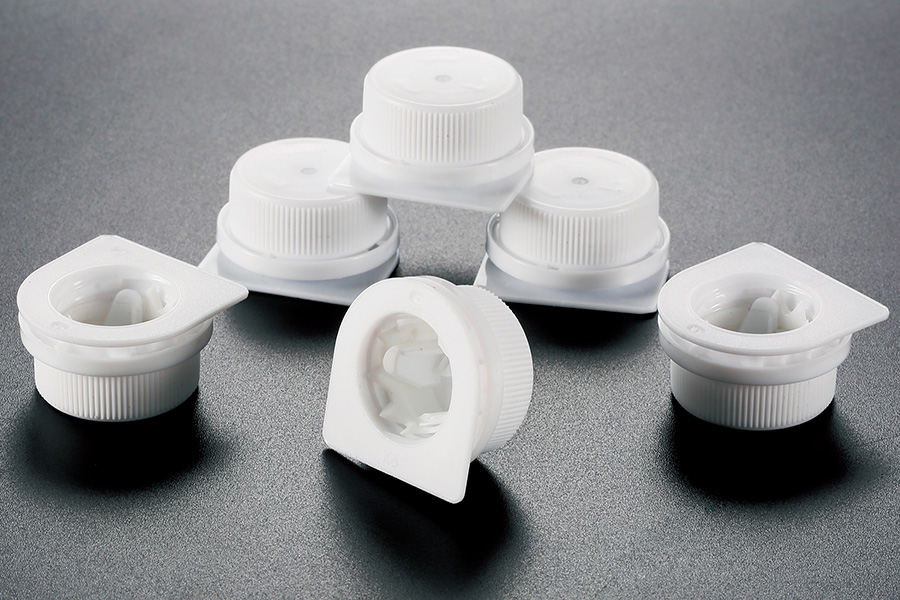As consumers demand more convenient, intuitive, and secure packaging, manufacturers have begun to innovate spout cap geometry and ergonomics to meet those expectations. This article explores recent developments in the structural design of spout caps, with special attention to how the twist cap format and the plastic bottle cap have adapted to new user preferences and packaging challenges.

Spout caps are no longer simple open-and-close mechanisms. Modern designs incorporate curved surfaces, grip-friendly textures, angled spouts, and varied thread pitches to improve usability and flow control. The integration of these features not only enhances convenience but also helps reduce spills and improve portion accuracy. A twist cap, for instance, is engineered to offer a more controlled opening, and its compatibility with different bottle neck sizes makes it a versatile solution across many sectors, from beverages to personal care.
One of the more significant shifts in design is the ergonomic adaptation of the plastic bottle cap. No longer uniform in shape, many caps are now contoured to match the natural grip of a user’s hand. This is particularly important for products that require frequent opening and resealing, such as juices or condiments. A redesigned plastic bottle cap may now include finger rests, textured ridges, or even asymmetrical profiles that guide the fingers into a more comfortable holding position. The user no longer has to apply excessive torque or guess the correct direction for opening. Twist cap formats with ergonomic detailing have become a practical solution, especially in applications involving children or the elderly.
Geometry also plays a major role in improving spout functionality. Angled spouts, for example, allow for more direct flow without the need to tilt the entire container dramatically. This makes them ideal for on-the-go consumption or one-handed use. For instance, combining a slanted spout with a twist cap offers an easy-open solution that doesn’t compromise on liquid control. The spout angle, width, and contour all affect how smoothly the liquid exits the container, which is especially relevant for thicker fluids like lotions or dressings. These seemingly small adjustments to cap geometry can have a considerable impact on the end-user experience.
In manufacturing, these innovations also introduce new considerations. Injection molding tools must be more precise to produce ergonomic details like grip textures and internal threading that match complex twist cap designs. Moreover, the materials used for plastic bottle caps are evolving to accommodate these design changes. Flexible yet durable resins are preferred for areas that require both structure and a degree of pliability. For example, some twist caps now incorporate a softer sealing ring made of a different polymer to ensure better sealing performance without excessive tightening.
Another area where innovation is clearly visible is in the combination of aesthetics and function. Plastic bottle caps today often feature brand-aligned shapes, colors, and finishes that also serve a structural purpose. A rigid design might enhance the visual appeal while doubling as an anti-slip surface. A wider twist cap base can carry more branding while making the cap easier to handle. These dual-function designs help manufacturers deliver on both brand identity and consumer practicality without compromising the performance of the closure.
Consumer feedback has played a crucial role in shaping these innovations. Reports of wrist strain or cap slippage have led to deeper grooves and wider diameters in plastic bottle caps. Similarly, the growing trend toward sustainability means that caps must be easy to recycle or remain attached to the bottle to comply with environmental regulations. Many twist caps are now designed to be tethered, staying connected to the container even after opening, with less environmental impact while maintaining ease of use.
In conclusion, the innovations in spout cap geometry and ergonomics represent a broader shift in how plastic bottle cap technology is evolving. The twist cap, long a standard in the industry, has now become a canvas for improvements that enhance grip, control, and sustainability. As consumer expectations grow more complex, the plastic bottle cap continues to adapt—not just in materials or shapes, but in how it fits into people’s lives. And with each new iteration, these small yet essential components make packaging more human-centered and practical.


 English
English  русский
русский عربى
عربى



